Weaving Anni Albers
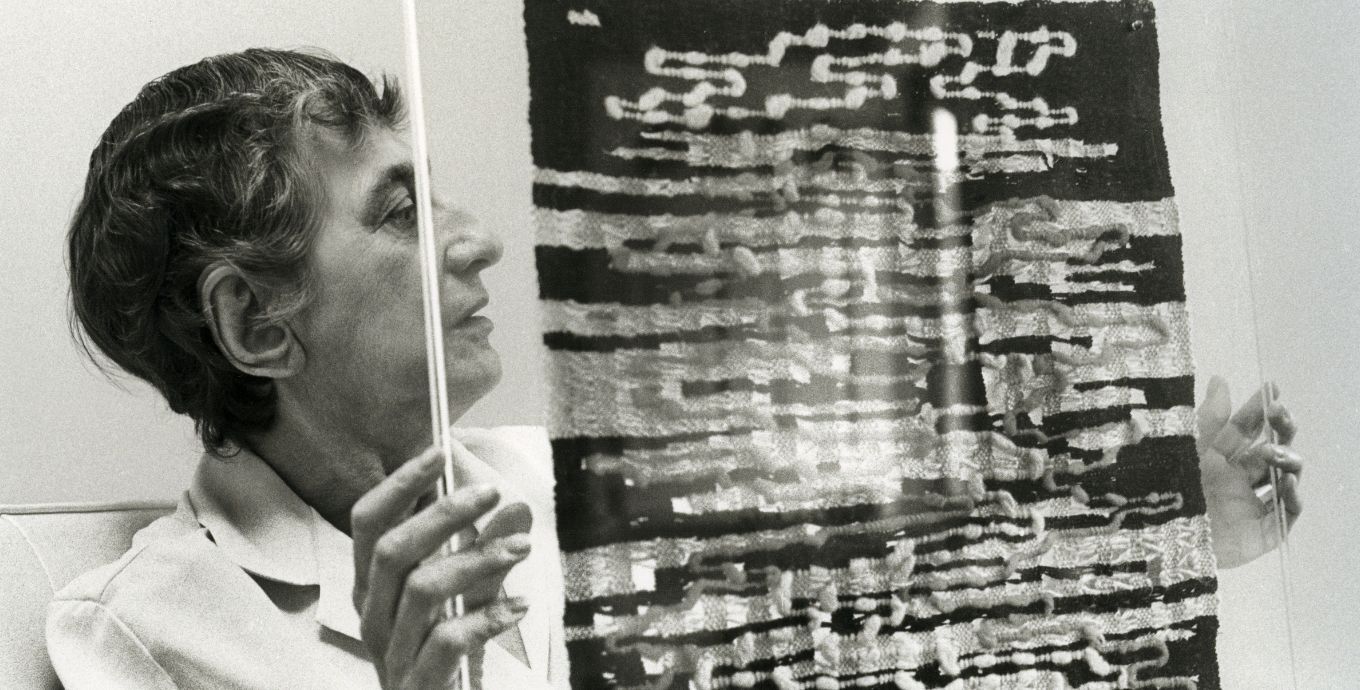
Anni Albers holding her pictorial weaving Under Way, New Haven, Connecticut, ca. 1965. Photograph by John T. Hill. Image courtesy of the Josef & Anni Albers Foundation
To mark Milan Design Week 2025, Dedar presents Weaving Anni Albers – in collaboration with the Josef and Anni Albers Foundation. This collection brings the legendary artist’s textile works into a new era, balancing fidelity to her artistic vision with modern manufacturing innovation. Five iconic Albers fabrics have been meticulously reproduced and reimagined using contemporary techniques. The collection is presented at Torre Velasca, a landmark of modernist architecture, reinforcing the dialogue between past and present.
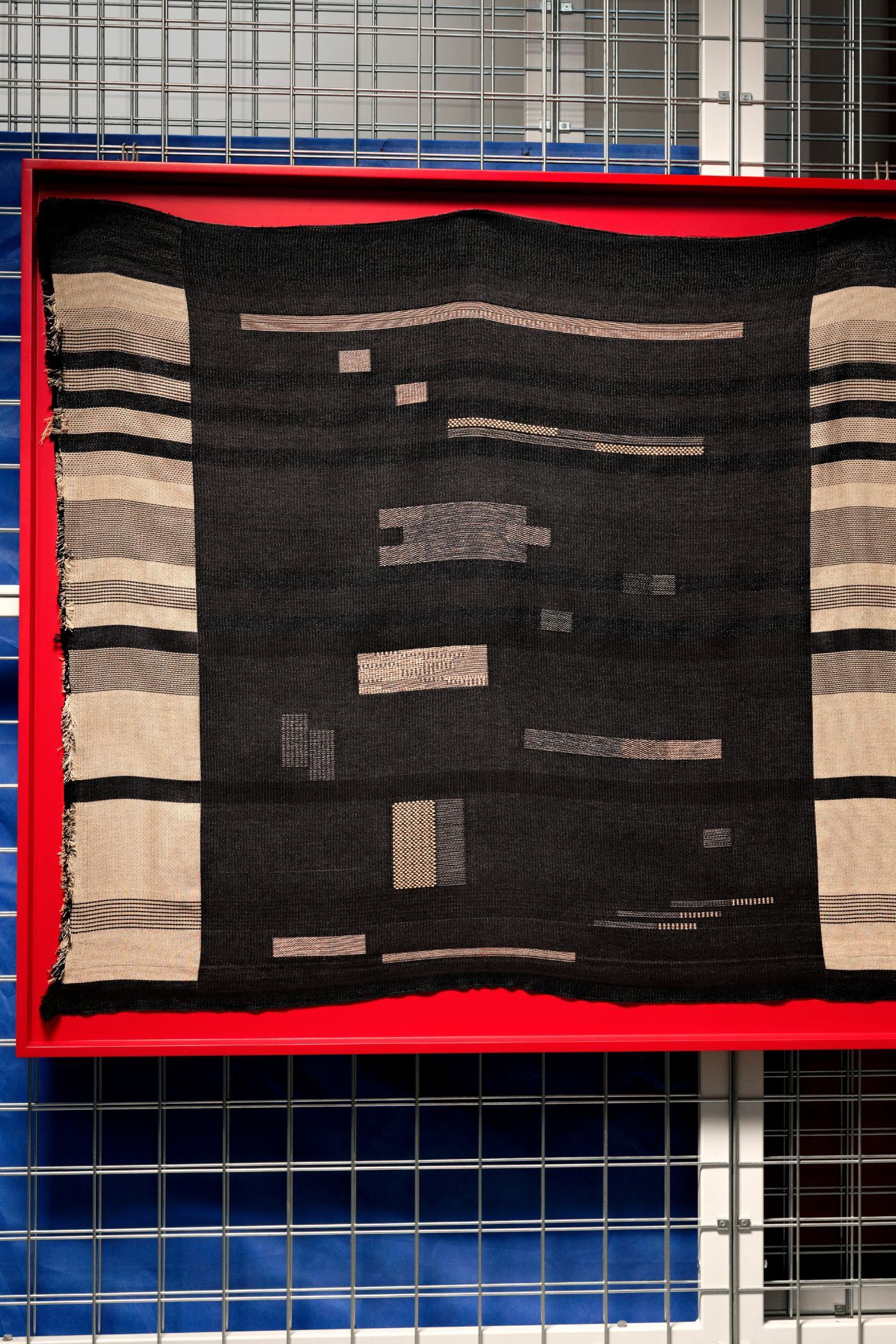
Ancient Writings 1936, Zapotec graduated geometric motifs. Designed by Anni Albers, woven by Dedar
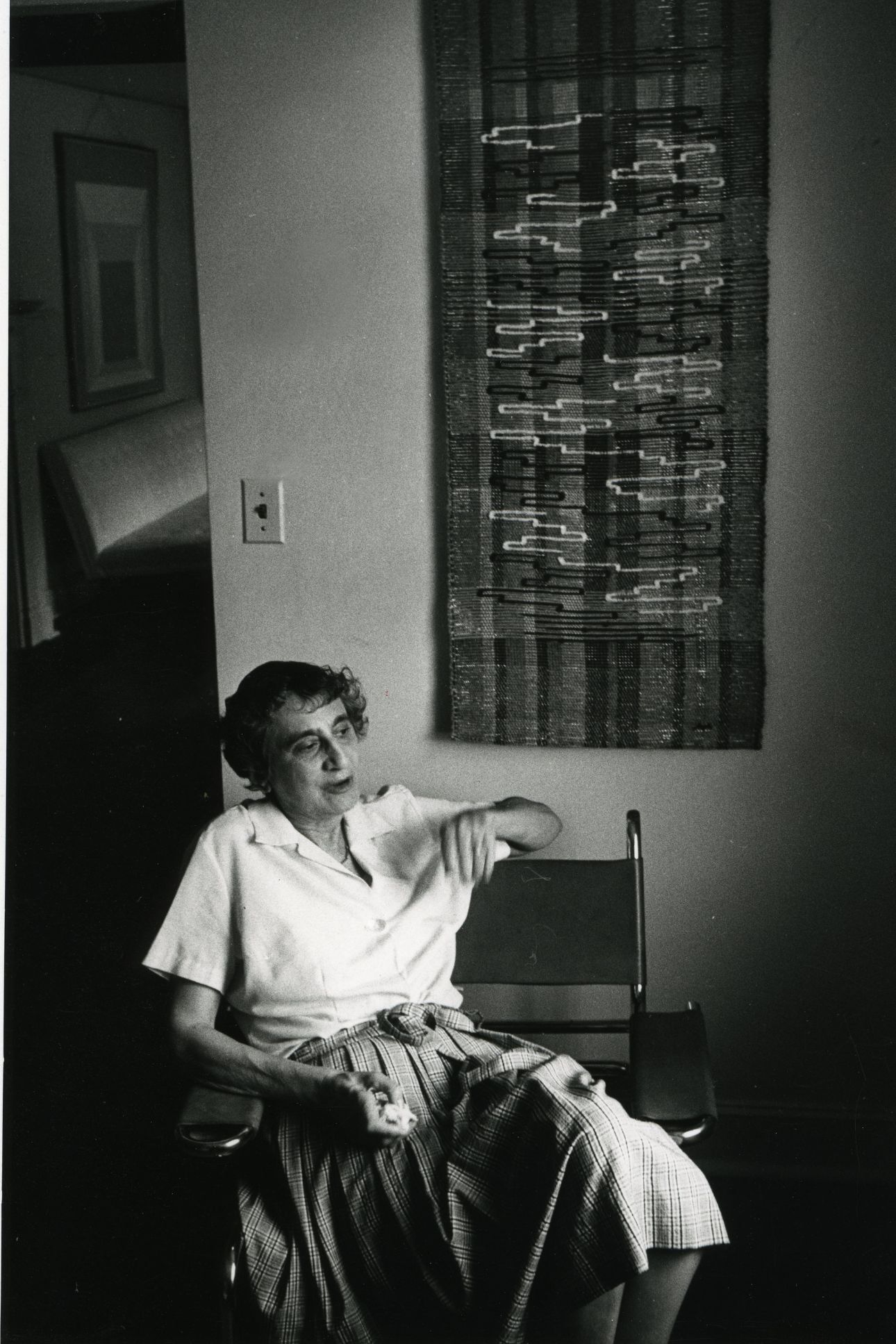
Anni Albers with her weaving Scroll, 1965. Photo: New HavenRegister © 2025 The Josef & Anni Albers Foundation / Artists Rights Society (ARS), New York
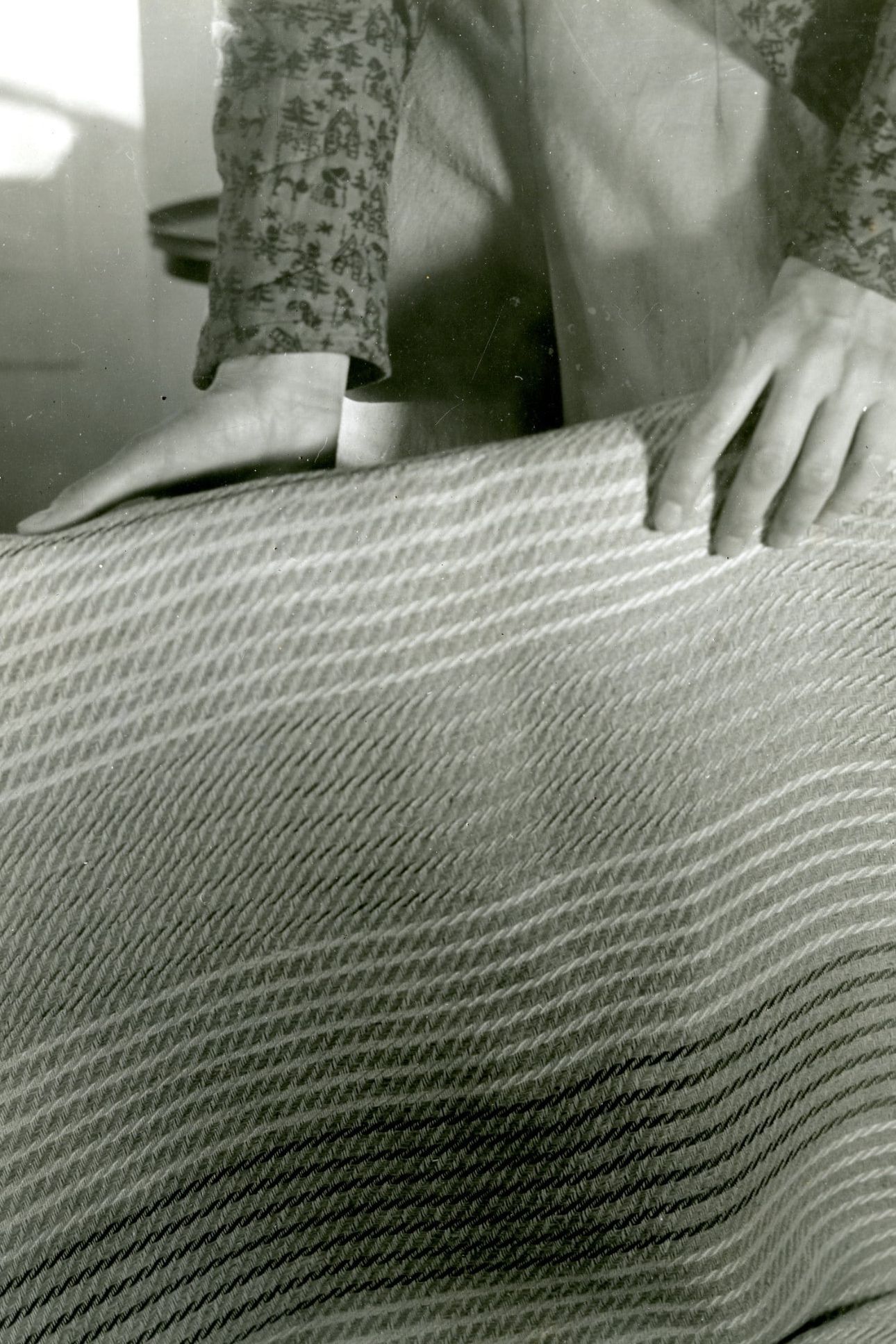
Anni Albers holding a weaving, Black Mountain College 1941. Photo by Claude Stoller. Courtesy of the Western Regional Archives, State Archives of North Carolina
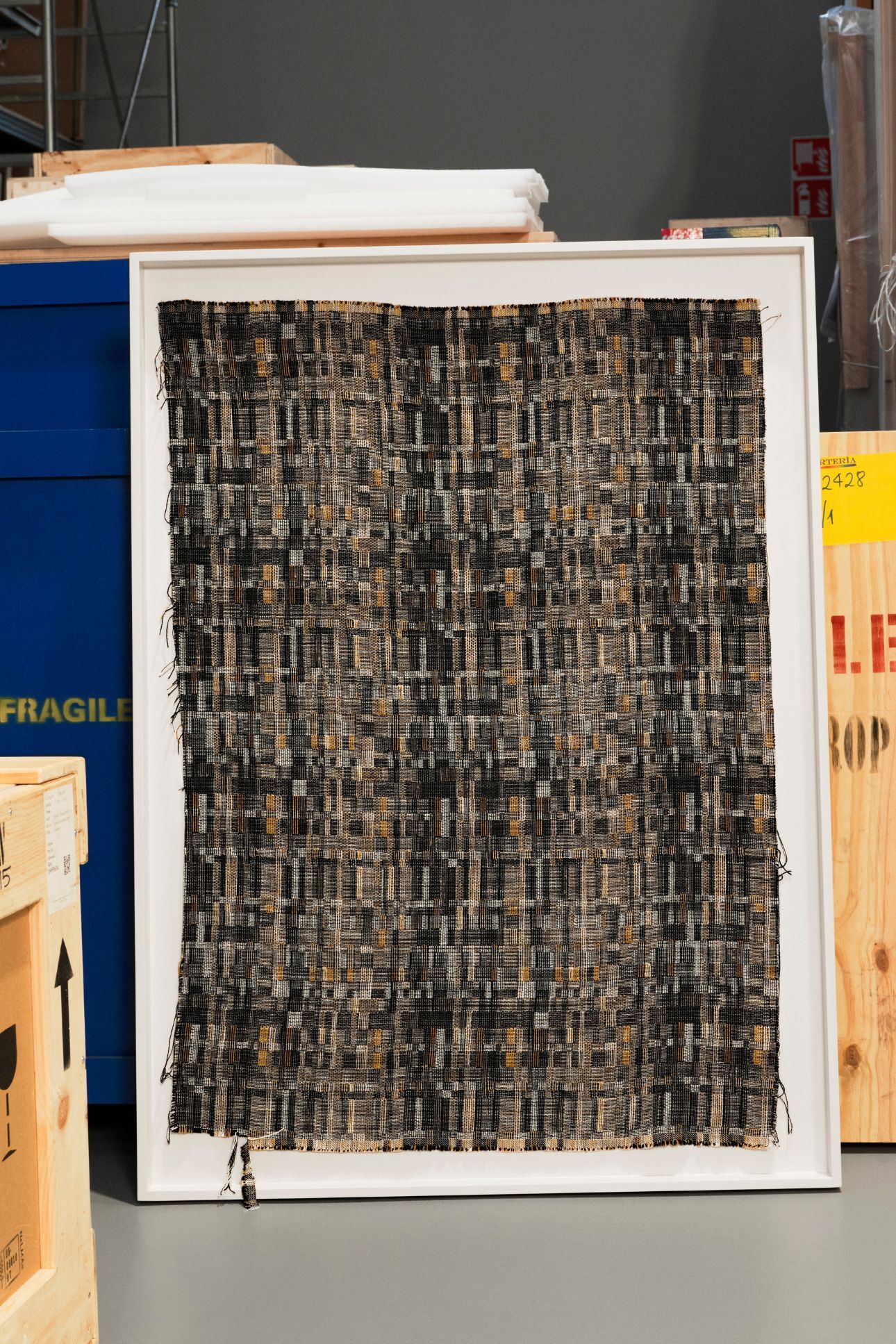
Untitled 1948, light and shade on a modernist damier motif. Designed by Anni Albers, woven by Dedar
History inspires the future
Anni Albers (1899–1994) transformed weaving into a medium of expression, bridging functionality and artistic exploration. Although she was closely associated with the Modernist movement (as a professor at both the Bauhaus and Black Mountain College), Albers’ work drew deeply on historical references and traditional methods. Dedar has embraced this duality, ensuring the collection remains true to Albers’ meticulous techniques while making them relevant to contemporary interior design. The five fabrics – Under Way 1963, En Route, Ancient Writing 1936, Drawing XVI (B) 1974 and Untitled 1948 – reflect the richness of her experiments, from geometric abstraction to intricate textural compositions. The use of jacquard, fil coupé and velvet allows for an elevated reinterpretation of her original works – maintaining their spirit while amplifying their presence in modern spaces.
Tribute beyond reproduction
Dedar’s approach to the legacy of Anni Albers is not merely one of replication, but careful reinterpretation. While En Route takes inspiration from her work, the other four fabrics are direct reproductions of designs dating from 1936–1974. This new collection is crafted with precision and affection for Albers’ work – even as it benefits from the latest in technology, materiality and process. It is a collaboration that extends beyond textiles; as a continuation of Albers’ philosophy in which weaving is not only a craft but an art form.
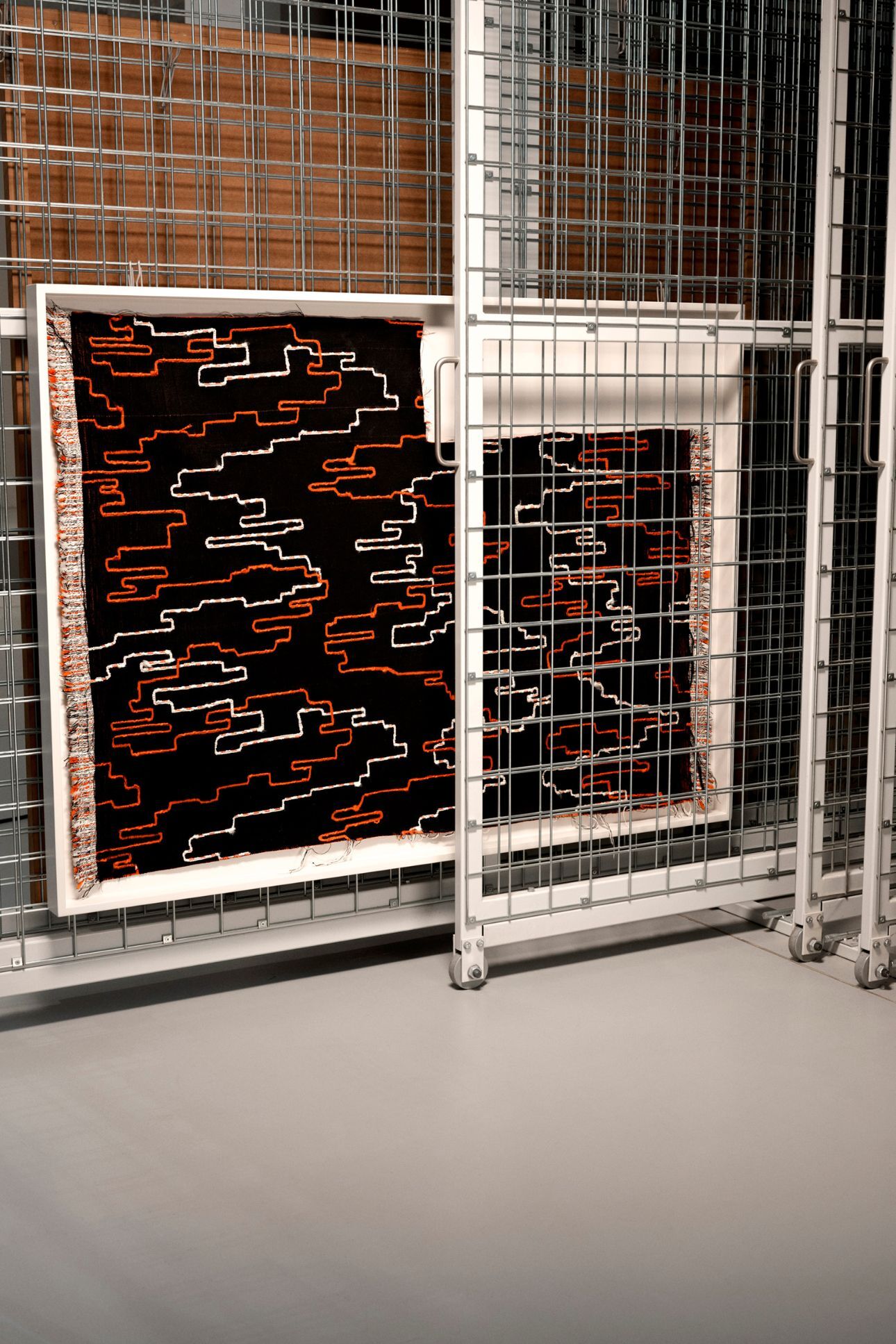
En Route, meandering line on a full ground. Inspired by Anni Albers, woven by Dedar
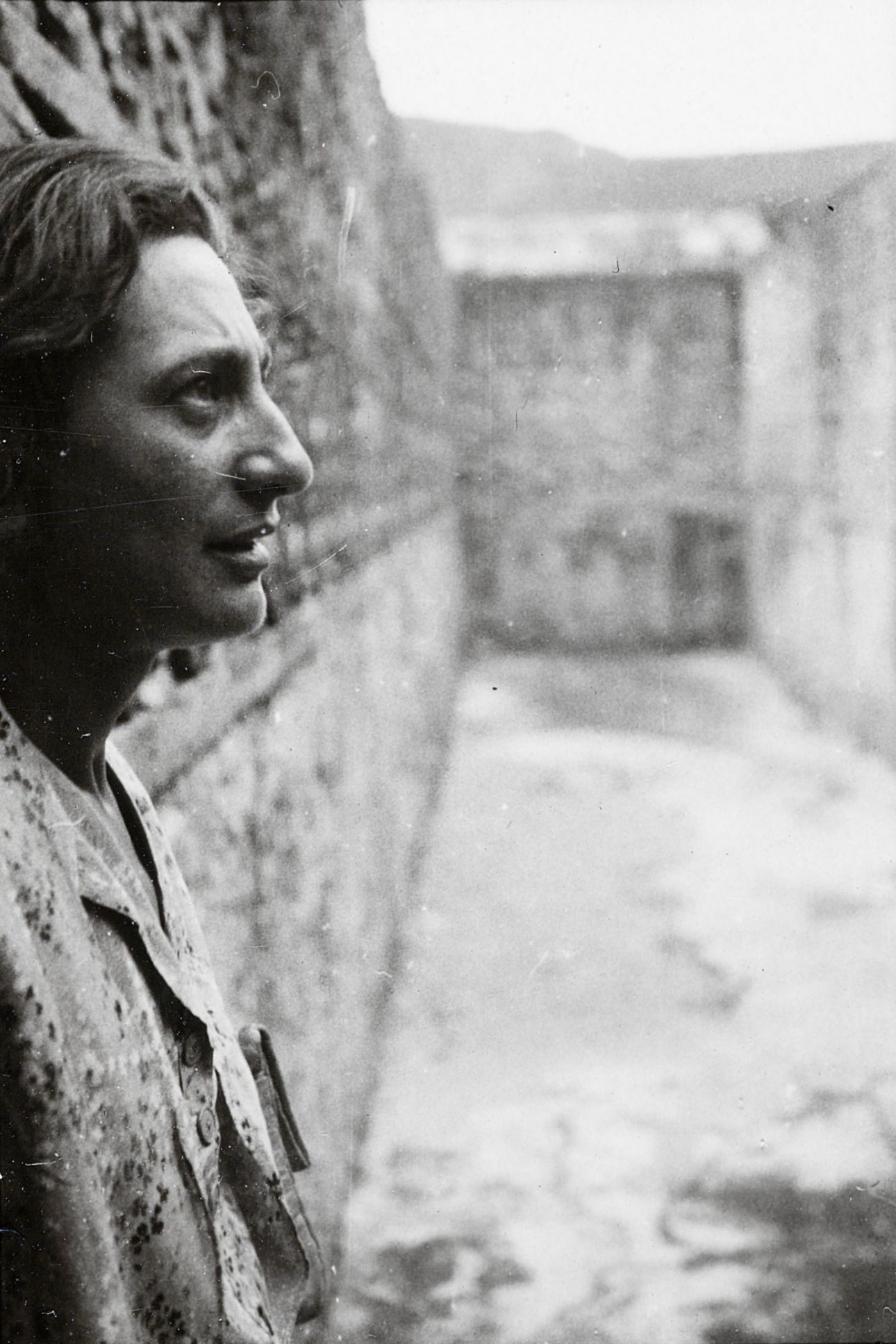
Anni Albers, Mitla, Mexico, ca. 1936–39 Photo: Josef Albers © 2025 The Josef & Anni Albers Foundation / Artists Rights Society (ARS), New York

Anni Albers with her weaving Two, New Haven, Connecticut,1952. Photograph by the New Haven Evening Register. Image courtesy of the Josef & Anni Albers Foundation
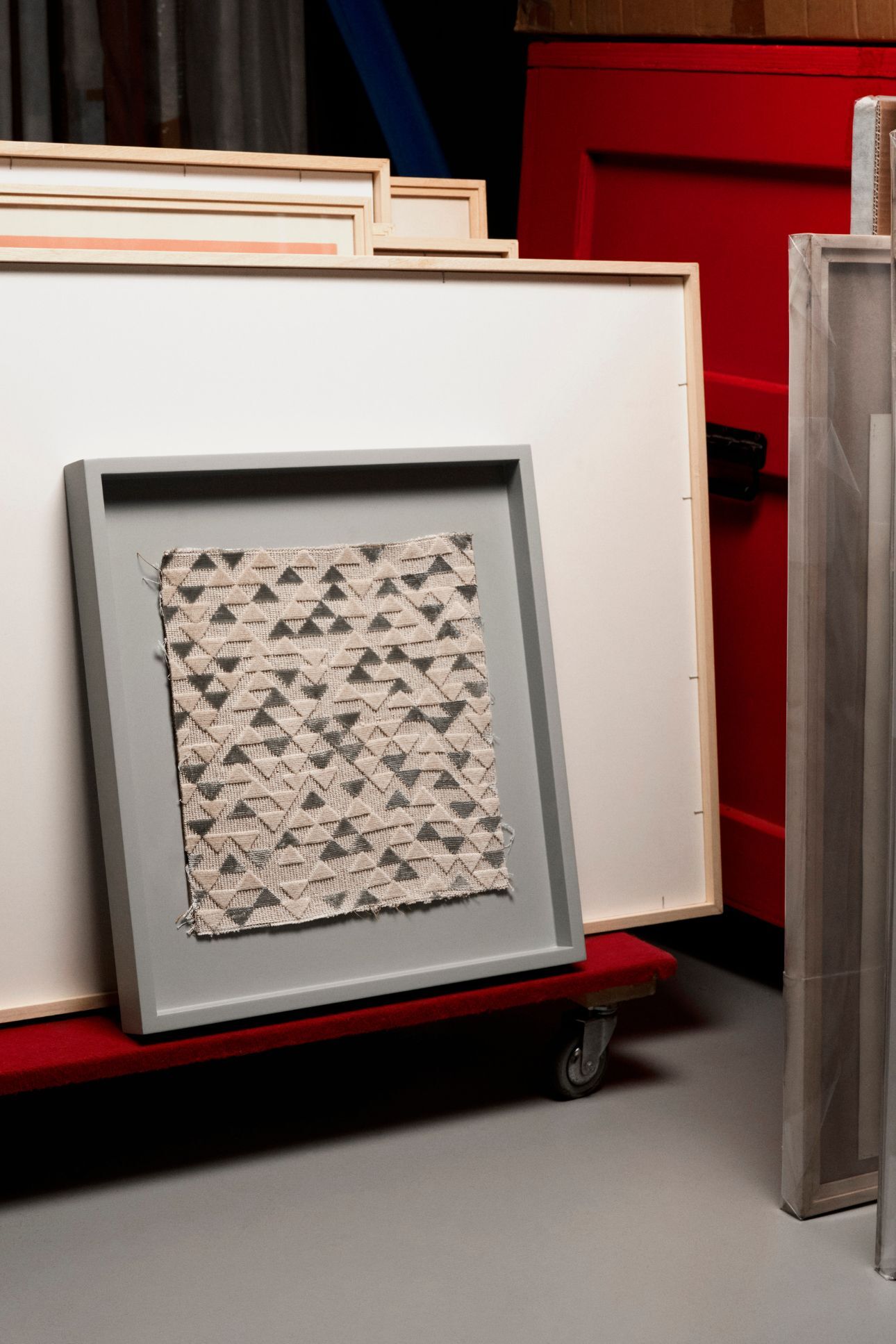
Drawing XVI (B) 1974, rhythmic nuances on jacquard velvet motif. Designed by Anni Albers, woven by Dedar
An exhibition of reverence and discovery
The choice of Torre Velasca as the venue underscores this vision: a building that itself embodies a balance between historical significance and forward-thinking design. Amongst Milan’s first high-rise structures, Torre Velasca has become an iconic part of the city’s skyline. Completed in 1958, it was designed by one of Italy’s most celebrated modernist practices BBPR (a group that included Ernesto Nathan Rogers, uncle to British architect Richard Rogers). The setting is carefully constructed to enhance the fabrics without overshadowing them. Each textile is displayed with the intention of revealing its depth – its interplay of light and shadow, the tactility of its weave, and the modernity inherent in its composition. Visitors are invited to engage with Albers’ works in a setting that highlights the fabrics as the true protagonists.
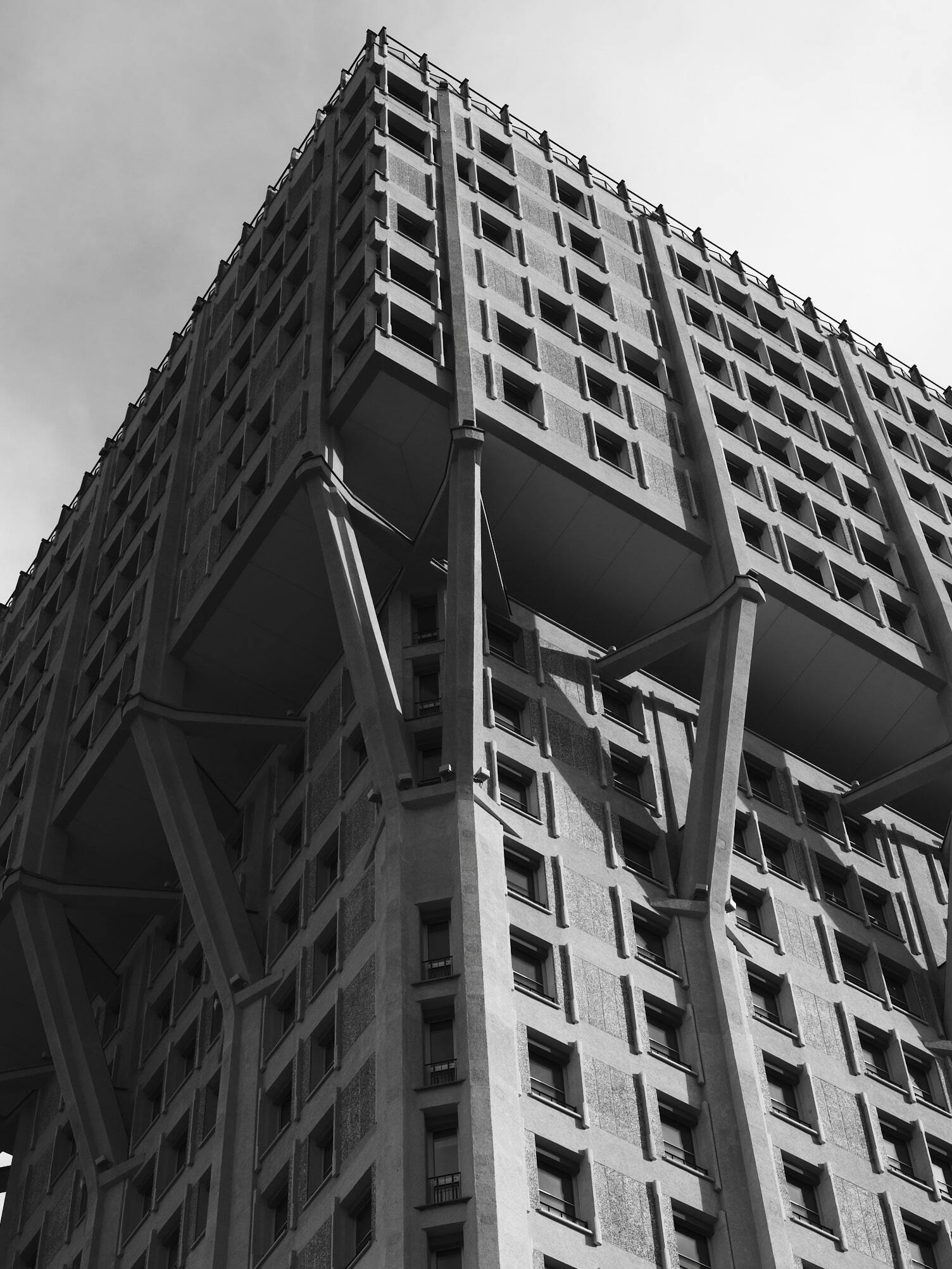
Facade of the Torre Velasca, Milano. Photo by Ilaria Orsini
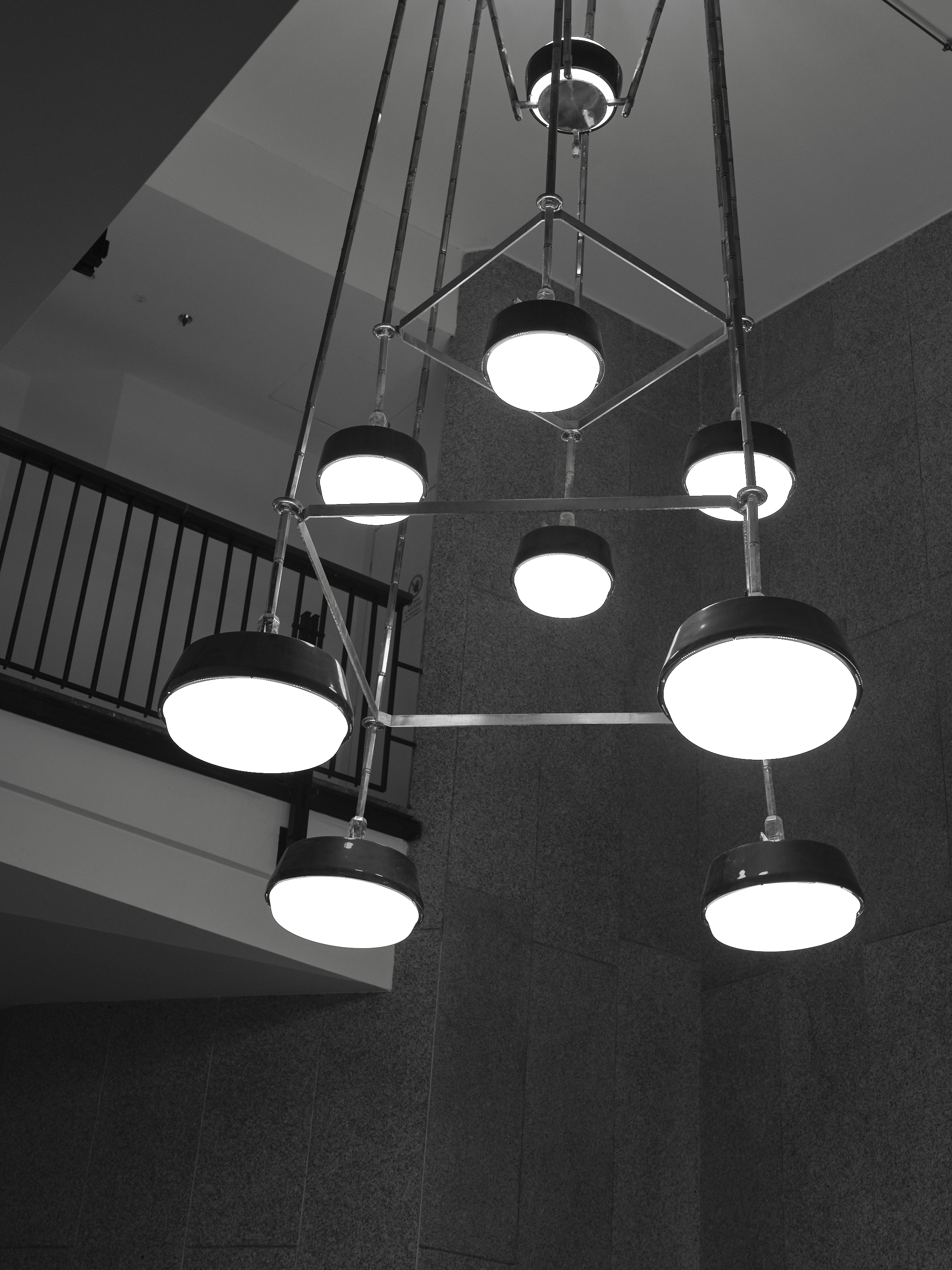
Detail of the interior of Torre Velasca, Milano. Photo by Ilaria Orsini

Detail of the interior of Torre Velasca, Milano. Photo by Ilaria Orsini
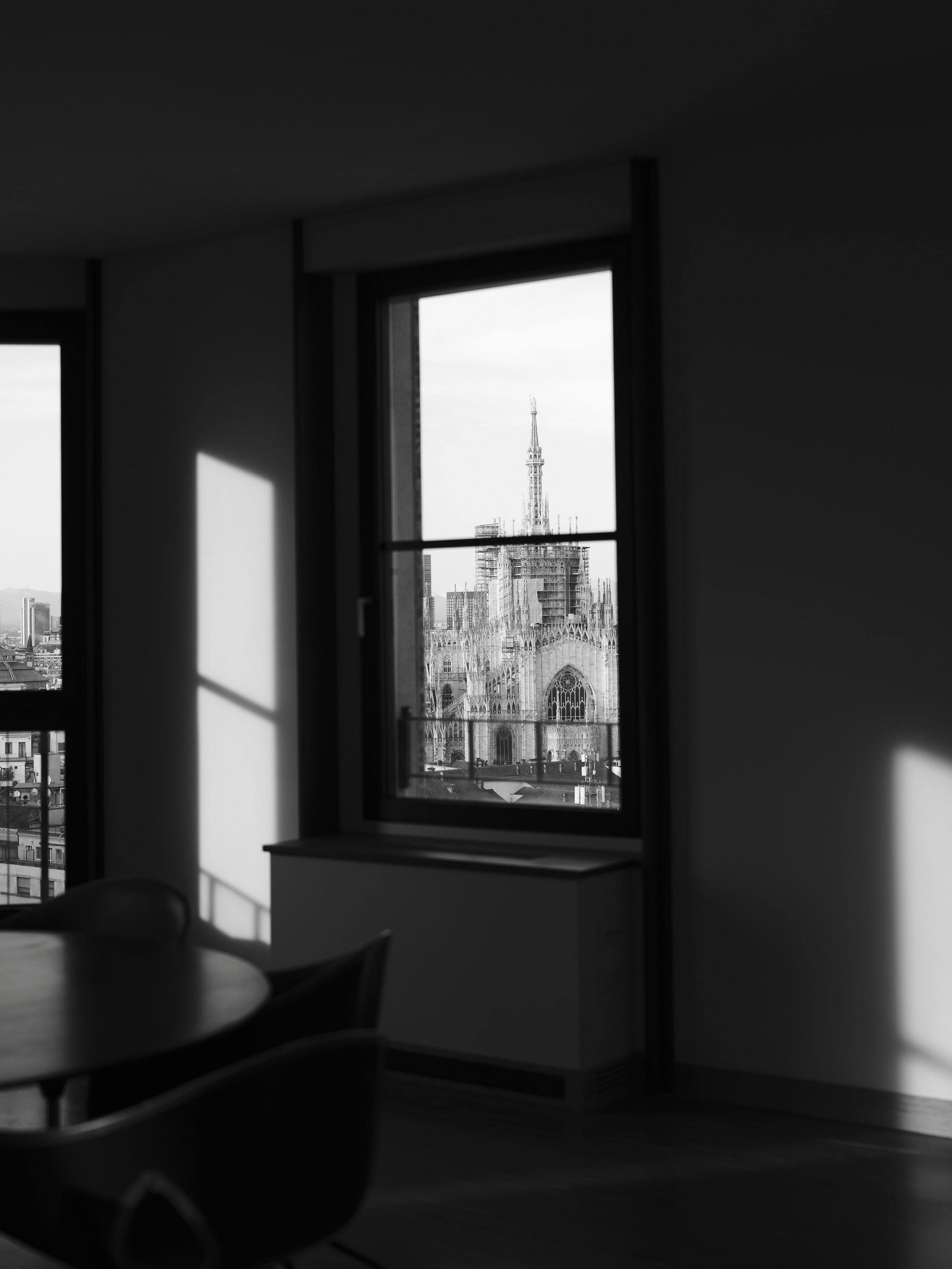
View of the Duomo of Milan from Torre Velasca. Photo by Ilaria Orsini
A living legacy
Nicholas Fox Weber, Executive Director of the Josef and Anni Albers Foundation, describes the context to the collaboration: “It has long been our dream to see Anni Albers’s materials reproduced with maximum fidelity to their original appearance. The people at Dedar, with their extraordinary knowledge of weaving technique, have done a superlative job of realizing this desire.” Dedar’s reinterpretation of these iconic textiles is not the conclusion of a project but the beginning of an ongoing conversation between art, design, and materiality. As Albers herself once said, “Art is something that makes you breathe with a different kind of happiness.”
This collection is an invitation to experience that joy through the language of thread, form, and texture. Weaving Anni Albers is an homage to the past, a celebration of the present, and a step toward the future of textile artistry.
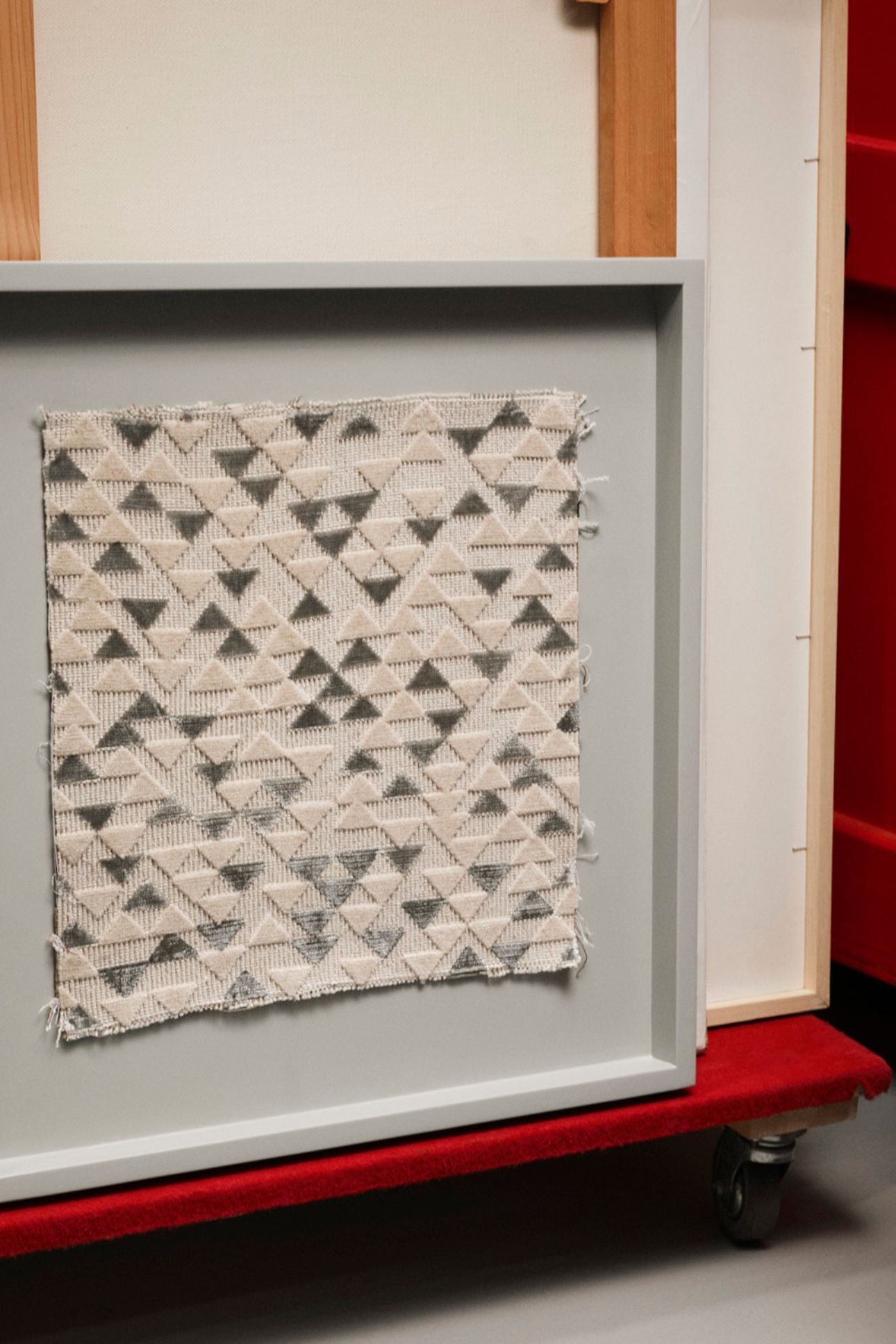
Drawing XVI (B) 1974, rhythmic nuances on jacquard velvet motif. Designed by Anni Albers, woven by Dedar.
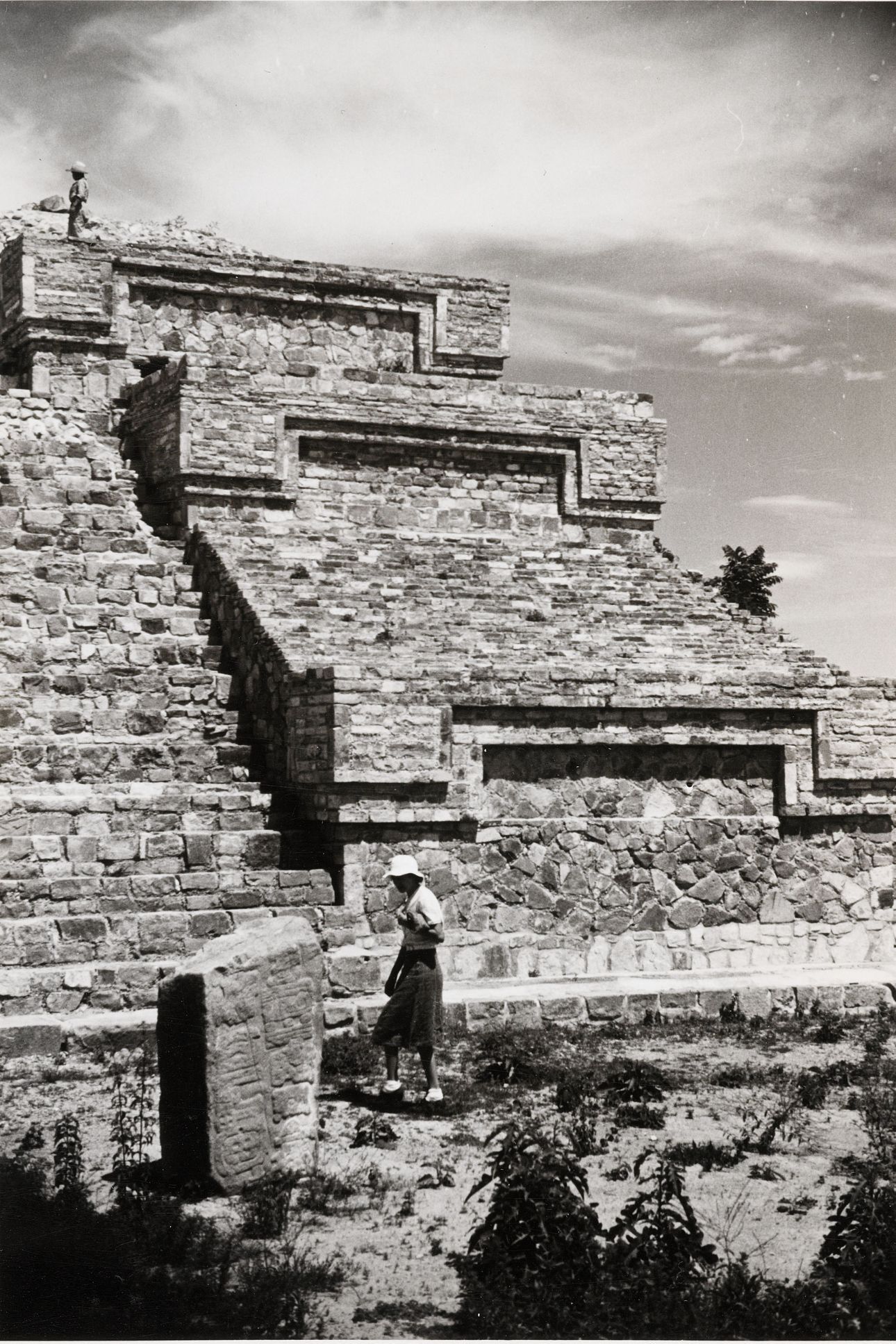
Anni Albers, Monte Albán, Mexico, 1939. Photo: Josef Albers © 2025. The Josef & Anni Albers Foundation / Artists Rights Society (ARS), New York
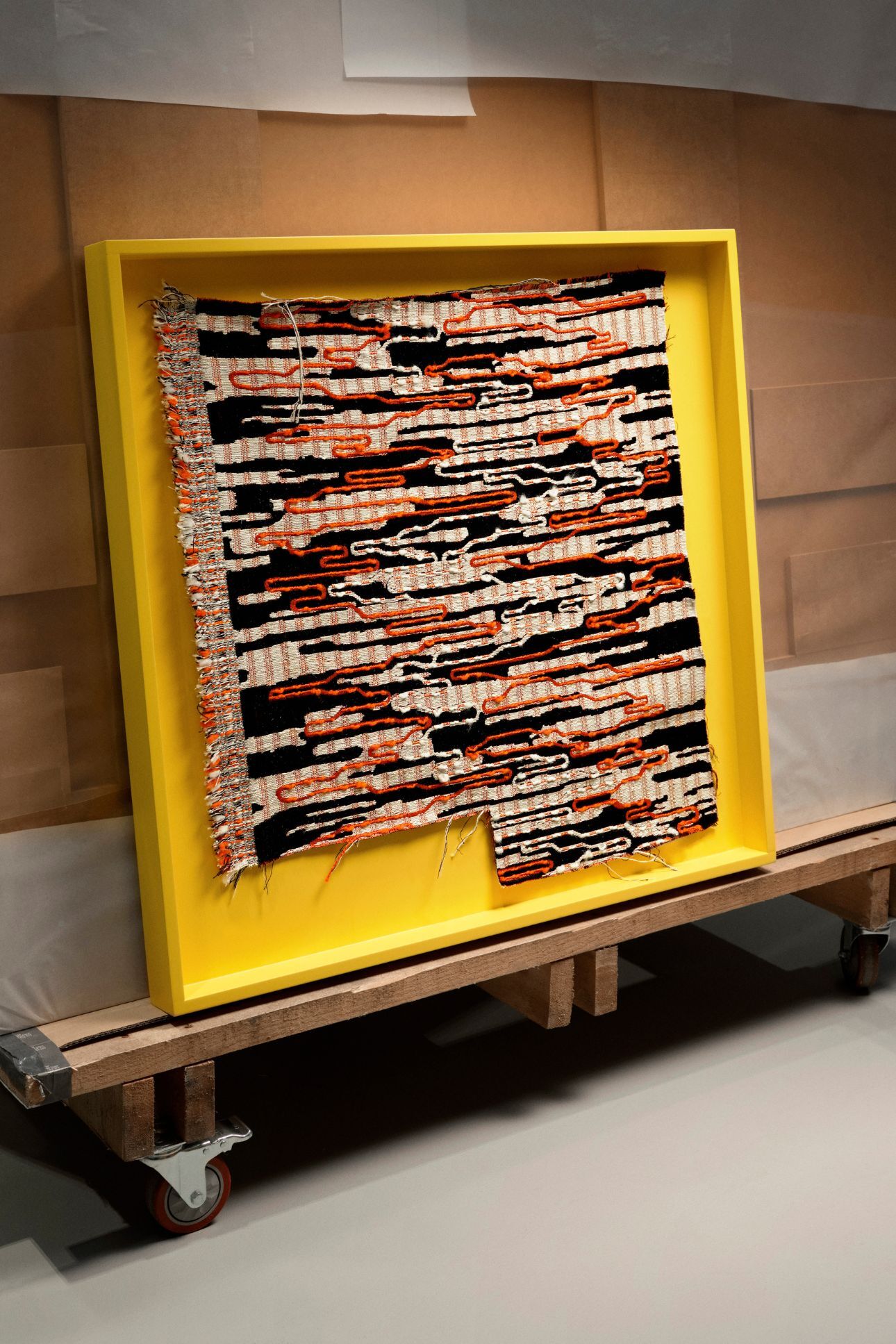
Under Way 1963, meandering thread on a composite weave. Designed by Anni Albers, woven by Dedar
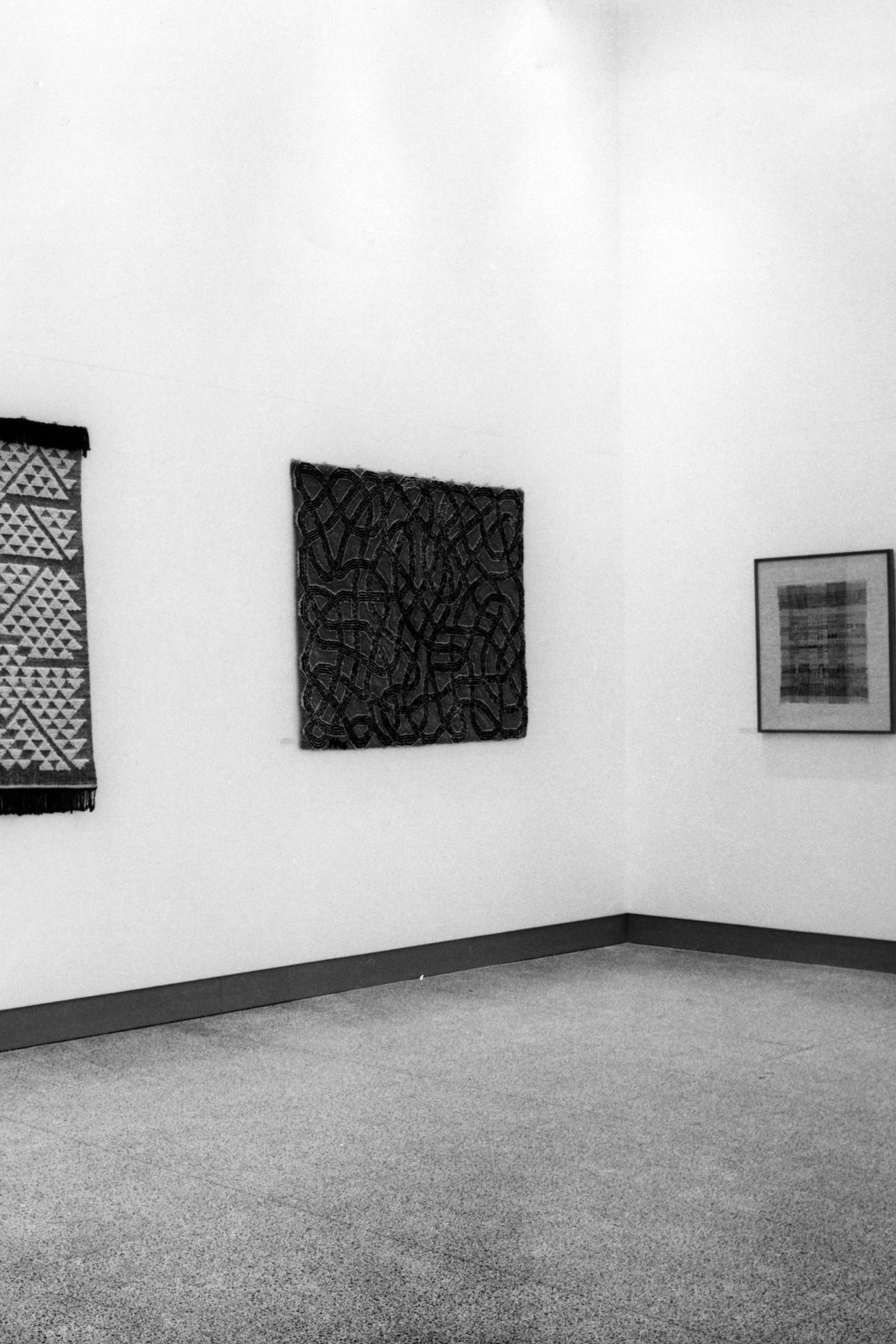
Installation view of Anni Albers: Pictorial Weavings, MIT New Gallery, Cambridge, Massachusetts, 1959. Image courtesy of the Josef & Anni Albers Foundation